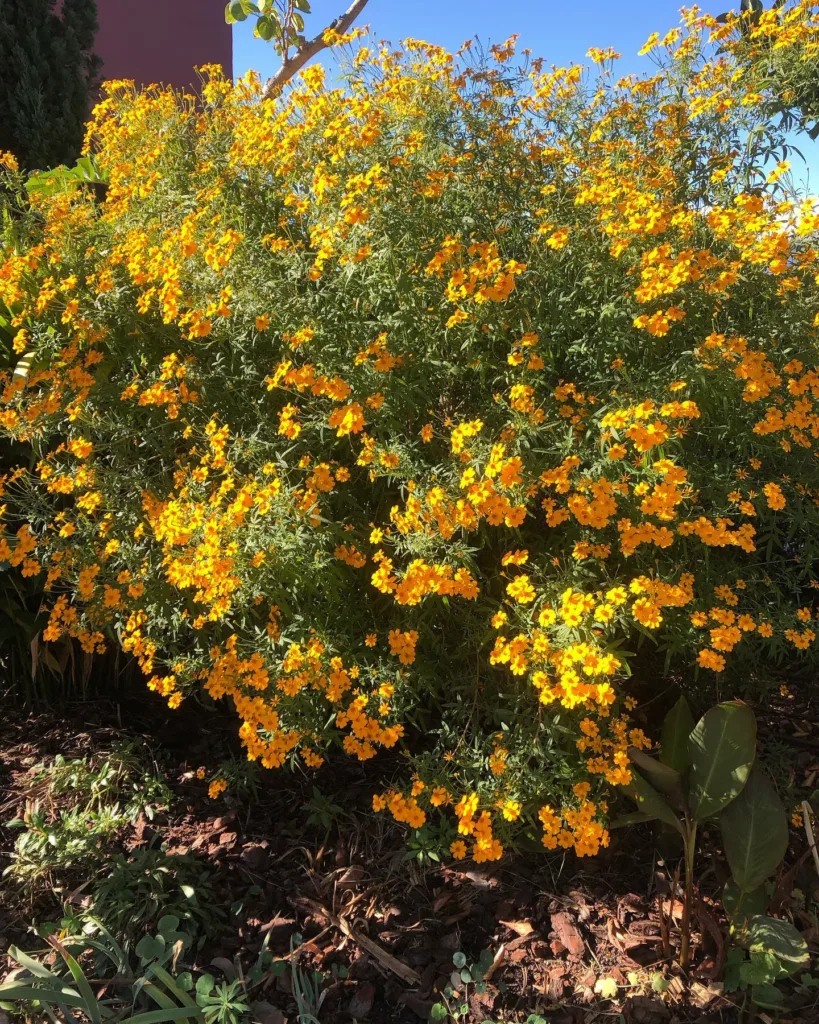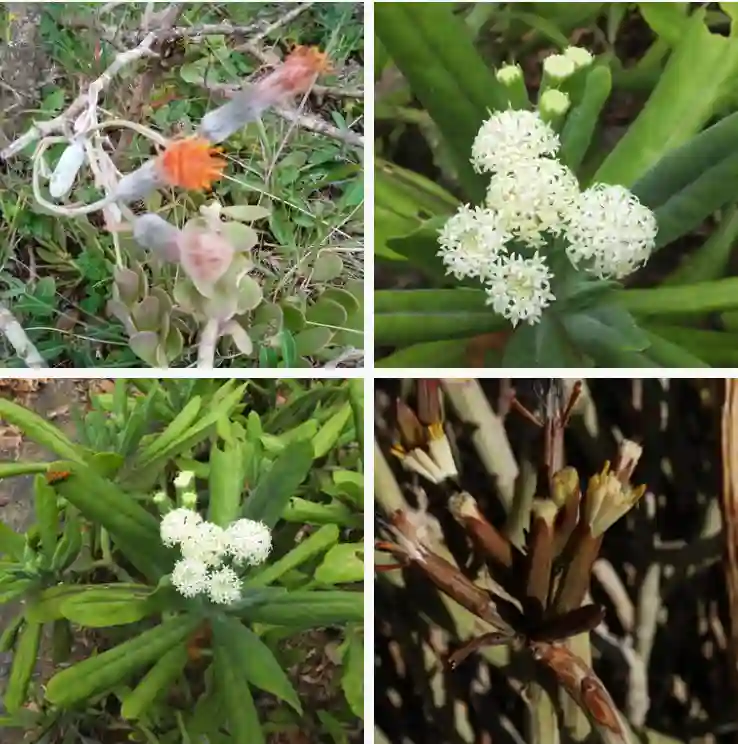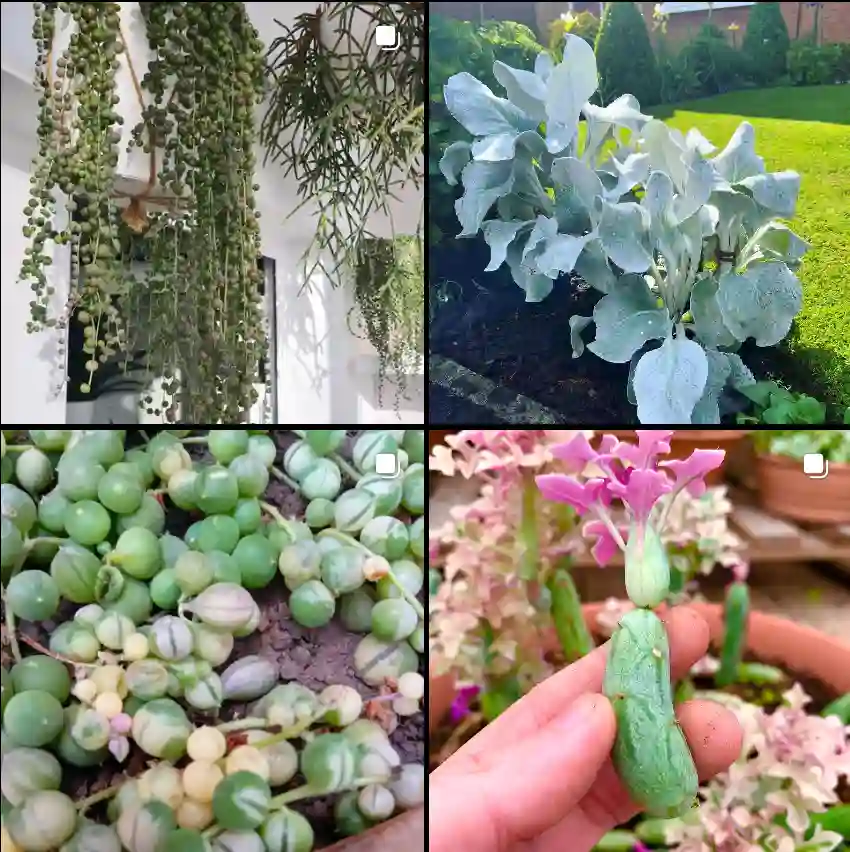Delving into the World of Withania
My name is Ferb Vu, and I’ve always been fascinated by the intricate world of botany. The sheer diversity of plant life, each species with its unique properties and potential benefits, never ceases to amaze me. Lately, my interest has been particularly piqued by the genus Withania, a group of flowering plants belonging to the Solanaceae family, more commonly known as the nightshade family.
This family is renowned for producing some of our most beloved food crops like tomatoes, potatoes, and peppers. But it also harbors a darker side, containing some notoriously toxic plants like belladonna. Withania, however, seems to strike a balance, offering a blend of intriguing properties that have captured the attention of traditional healers and modern scientists alike.
Unpacking the Withania Genus
The Withania genus comprises roughly 19 species, primarily native to regions of Africa, Asia, and the Mediterranean. These plants typically favor warm, dry climates and are often characterized by their shrubby growth habit and small, inconspicuous flowers. What truly sets them apart, however, are the bioactive compounds they produce, particularly within their roots and leaves. These compounds, including alkaloids, steroidal lactones, and withanolides, are believed to be responsible for the various medicinal properties attributed to Withania.
- Withania adpressa Coss. ex Batt.
- Withania adunensis Vierh.
- Withania aristata (Aiton) Pauquy
- Withania chamaesarachoides (Makino) Hunz.
- Withania coagulans (Stocks) Dunal
- Withania echinata (Yatabe) Hunz.
- Withania frutescens (L.) Pauquy
- Withania grisea (Hepper & Boulos) Thulin
- Withania heterophylla (Hemsl.) Hunz.
- Withania japonica (Franch. & Sav.) Hunz.
- Withania kweichouensis (Kuang & A.M.Lu) Hunz.
- Withania qaraitica A.G.Mill. & Biagi
- Withania reichenbachii (Vatke) Bitter
- Withania riebeckii Schweinf. ex Balf.f.
- Withania sinensis (Hemsl.) Hunz.
- Withania sinica (Kuang & A.M.Lu) Hunz.
- Withania somnifera (L.) Dunal Plant FAQs: Withania Somnifera – Ashwagandha – Poison Gooseberry – Winter Cherry
- Withania sphaerocarpa Hepper & Boulos
- Withania yunnanensis (Kuang & A.M.Lu) Hunz.
Withania somnifera: The Star of the Show
Among the Withania species, Withania somnifera, commonly known as Ashwagandha or Indian Ginseng, undoubtedly holds the most prominent position. This plant has been a cornerstone of traditional Indian medicine (Ayurveda) for centuries, revered for its adaptogenic properties. Adaptogens are natural substances that help the body cope with stress and promote overall well-being.
Modern research has begun to shed light on the potential benefits of Ashwagandha, suggesting it may play a role in:
- Stress reduction and anxiety relief: Studies have indicated that Ashwagandha may help lower cortisol levels, the hormone associated with stress.
- Cognitive enhancement: Some evidence suggests Ashwagandha may improve memory, attention, and information processing speed.
- Anti-inflammatory effects: Withanolides found in Ashwagandha have shown anti-inflammatory activity in various studies.
- Immune system support: Ashwagandha may help boost the immune system by increasing the activity of certain immune cells.
While these findings are promising, it’s important to note that further research is needed to fully understand the efficacy and safety of Ashwagandha.
Beyond Ashwagandha: Exploring Other Withania Species
While Ashwagandha often steals the spotlight, other Withania species also possess intriguing properties that warrant further investigation. For example, Withania coagulans, known as Indian Rennet, has traditionally been used for its milk-clotting properties in cheese making. It also shows promise in managing diabetes and gastrointestinal issues.
Withania aristata, native to the Canary Islands, is another species with a history of traditional use. Local healers have employed it to treat various ailments, including inflammation, infections, and even cancer. However, scientific research on this species remains limited.
The Future of Withania
The Withania genus represents a treasure trove of potential therapeutic benefits. As research continues to unravel the complex chemistry and biological activities of these plants, we may discover new and innovative ways to harness their power for human health.
It’s crucial that this research is conducted with rigor and respect for traditional knowledge. By combining modern scientific methods with the wisdom of ancient healing practices, we can unlock the full potential of Withania and ensure its sustainable use for generations to come.




